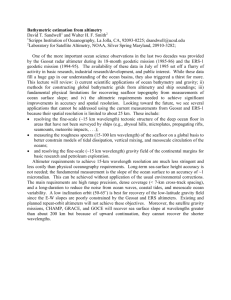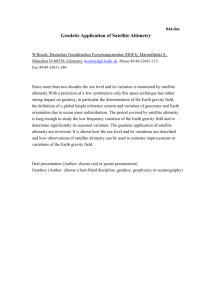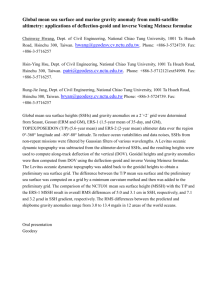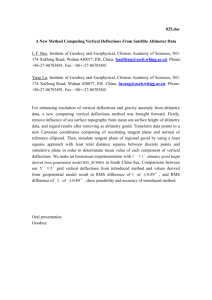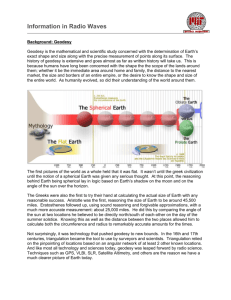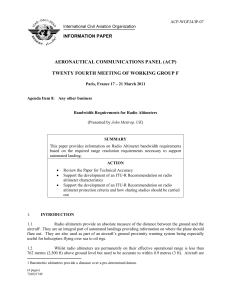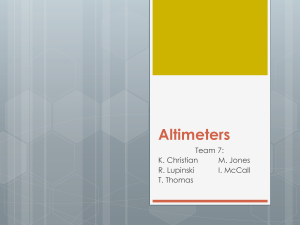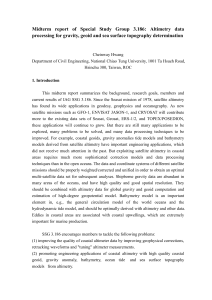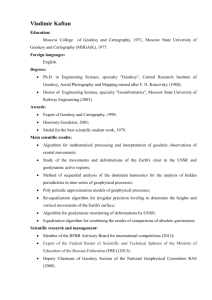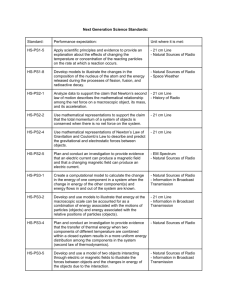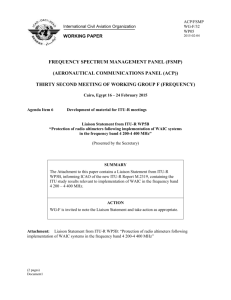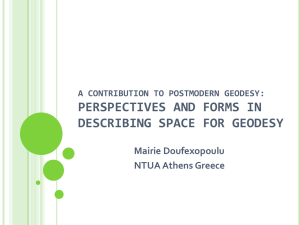047
advertisement
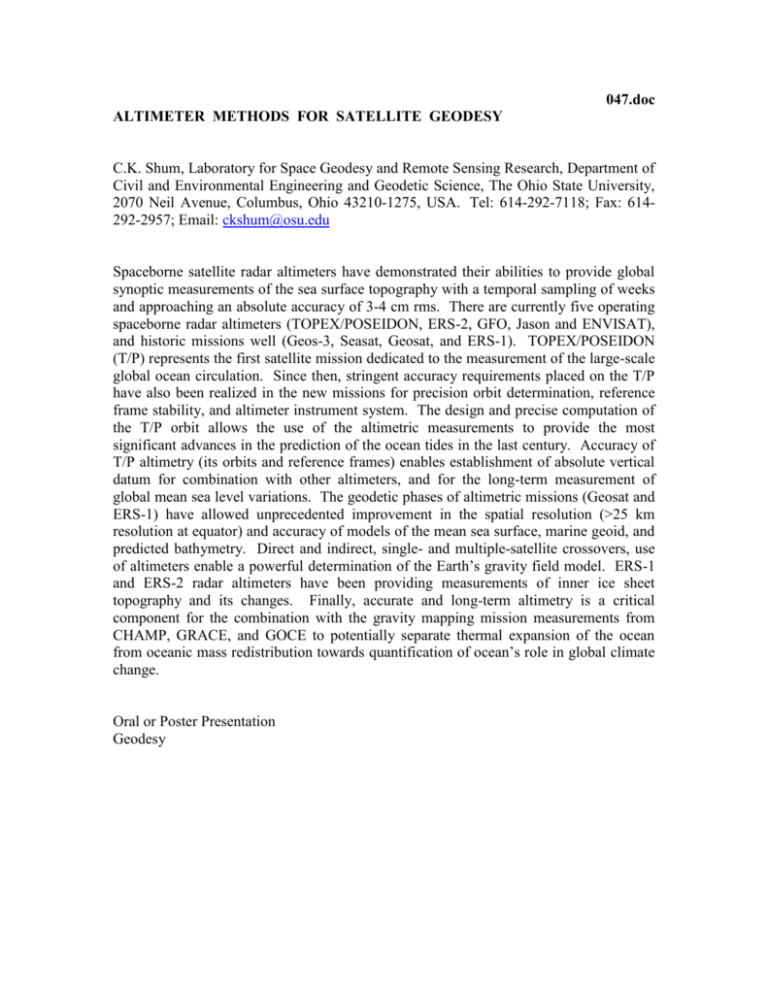
047.doc ALTIMETER METHODS FOR SATELLITE GEODESY C.K. Shum, Laboratory for Space Geodesy and Remote Sensing Research, Department of Civil and Environmental Engineering and Geodetic Science, The Ohio State University, 2070 Neil Avenue, Columbus, Ohio 43210-1275, USA. Tel: 614-292-7118; Fax: 614292-2957; Email: ckshum@osu.edu Spaceborne satellite radar altimeters have demonstrated their abilities to provide global synoptic measurements of the sea surface topography with a temporal sampling of weeks and approaching an absolute accuracy of 3-4 cm rms. There are currently five operating spaceborne radar altimeters (TOPEX/POSEIDON, ERS-2, GFO, Jason and ENVISAT), and historic missions well (Geos-3, Seasat, Geosat, and ERS-1). TOPEX/POSEIDON (T/P) represents the first satellite mission dedicated to the measurement of the large-scale global ocean circulation. Since then, stringent accuracy requirements placed on the T/P have also been realized in the new missions for precision orbit determination, reference frame stability, and altimeter instrument system. The design and precise computation of the T/P orbit allows the use of the altimetric measurements to provide the most significant advances in the prediction of the ocean tides in the last century. Accuracy of T/P altimetry (its orbits and reference frames) enables establishment of absolute vertical datum for combination with other altimeters, and for the long-term measurement of global mean sea level variations. The geodetic phases of altimetric missions (Geosat and ERS-1) have allowed unprecedented improvement in the spatial resolution (>25 km resolution at equator) and accuracy of models of the mean sea surface, marine geoid, and predicted bathymetry. Direct and indirect, single- and multiple-satellite crossovers, use of altimeters enable a powerful determination of the Earth’s gravity field model. ERS-1 and ERS-2 radar altimeters have been providing measurements of inner ice sheet topography and its changes. Finally, accurate and long-term altimetry is a critical component for the combination with the gravity mapping mission measurements from CHAMP, GRACE, and GOCE to potentially separate thermal expansion of the ocean from oceanic mass redistribution towards quantification of ocean’s role in global climate change. Oral or Poster Presentation Geodesy
